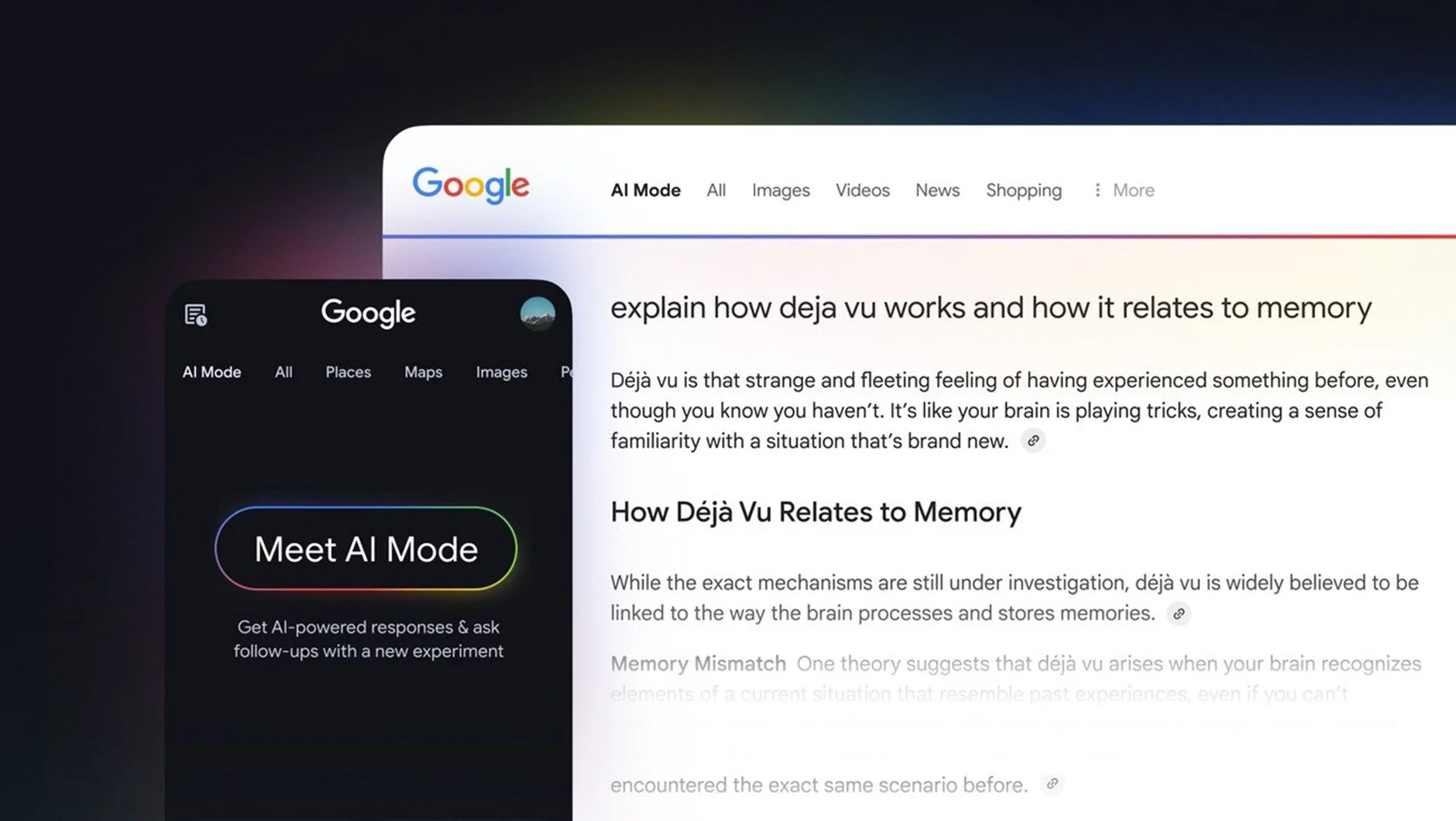Why defining value is essential for your brand
The importance of defining value and how brands can use this to their advantage
Consumers are always looking to get the best value when it comes to booking their holidays, especially during today’s uncertain economic times. The term ‘value’ has different connotations but defining what it means - for your brand - is now more important than ever.
At last week’s ABTA Travel Trends conference, Accord’s Strategy Director, Jasman Ahmad, shared his thoughts on the importance of defining value and how brands can use this to their advantage, but before doing this, let’s look at the current climate.
In September, Mintel’s Monthly Travel Tracker revealed that following a three-month drop, 29% of people said they plan to take a trip in the next three months – so travel appears to have been ringfenced as a priority. Some are even choosing to pay more, with over two-thirds of people spending extra on holidays instead of other non-essentials such as gym memberships.
In the coming months, creating the perception of value will play a key role in the booking process. People will be prioritising getting more for their money, so communicating value to your audience will be key.
What does value actually mean?
People go on holiday for different reasons. But whether they have relaxing, adventure, discovery or just treating themselves on their itinerary, there’s one thing that underpins their motivations: it’s all about value.
Value is what people feel they receive for the price they pay, but the term is often plagued with ambiguity. We hear it mentioned frequently, but what does it actually mean? We tend to think of it in monetary terms and, while this plays a part, brands need to think beyond this to communicate true value.
To define what it means to your audience, we believe the answer lies in the value matrix. This framework features four consumer mindsets that will help you understand how people think about the services you offer.
And this isn’t just limited to travel - understanding where your audience fits into these categories and tailoring your offering accordingly is essential for any sector. Considering quality, features, positioning and price will help you decide which areas to focus on, but they don’t have to be mutually exclusive. Let’s analyse each one in depth, looking at how brands have utilised them.
Quality
“Show me how you can enrich my life.”
Here, you need to look at how your services can go beyond a one-size-fits-all approach. Earlier this year, Kuoni spotlighted Thailand as part of their 2023 Far East collection and focused on value for money, sustainability and wellbeing. They had unique experiences such as offering guests the opportunity to learn Thai massage in one of their jungle resorts or experiencing traditional Balinese village life.
Premium
“I am willing to pay more, but you must convince me it’s worth the extra.”
Choosing the premium option is often an emotional decision, and so consumers expect a memorable experience. Luxury travel provider Black Tomato offer ‘The Rider’ service, which provides guests with a uniquely personal touch e.g. giving an avid astronomer a telescope in their villa or ensuring a fitness enthusiast has a gym in every property they visit.
Convenience
“Make my life easier by making things simple to book.”
Saving people time and hassle during the booking process gives them value, and you can get creative in this area. Swedish outdoor brand Point 65 has introduced a novel solution with their KAYAKOMAT, a self-serve kayak and SUP rental brand. Kayakers can use automated self-serve outlets to access their hired equipment after they’ve booked a slot online, giving them optimum flexibility. We’ve also seen innovation in terms of the booking process, such as Luxtripper giving people extensive search options where they can choose from niche filters e.g. sunny/cool weather, couple/solo traveller etc.
Budget
“I am looking for a stripped-down version of your service.”
The travel industry needs to recognise and respond to the financial restraints of some consumers. Providing flexibility and control in terms of payment plans is essential and so maintaining a message of affordable indulgence can go a long way. The Essentials Collection from Brightwater Holidays is a great example of this, with 10 itineraries that have fewer services and more flexibility than their Classic range. If we step outside of the travel industry, we can see a similar tactic with ‘essentials’ ranges in supermarkets, where shoppers still get the products they need but at a perceived better value.
What does this mean to marketers?
Defining where your audience sits in the value matrix is essential - however, it’s just one aspect. It sits in a wider set of principles that can be used to guide you through today’s unpredictable landscape. So, we’ve created the 4 Cs - a checklist for 2023 to ensure your brand is in the best shape possible for the times ahead:
Company
Define what value means to your audience using the value matrix, and let it shape your services. Premium brands retain a price relative to their status, while budget-orientated brands emphasise lower cost and create a stripped-back range.
Category
Review your segment - do you know your category buyers? Where is your sector heading? At this stage, it’s key to keep track of marketing behaviours such as channels, spend and consumer feedback.
Channels
Don’t slash your media budgets, optimise them! Use channels for their strengths, and take advantage of the flexibility, transparency, trust and attention that digital provides.
Communication
Review your creative messaging and put emotion at the forefront. Creative is the single biggest contributor to advertising impact at 47%, so using sentiment is a great tool for capturing attention.
Not sure where to start? To learn more about defining your audience or our 2023 checklist, get in touch with our team who are happy to help.
Isabelle Walker
Isabelle is a Creative Copywriter at Accord, working on a wide variety of brand communications and briefs.















